The DU Lounge
Related: Culture Forums, Support ForumsFabulous Plants doesn't give a fuck, because Fabulous Plants are too busy being fabulous
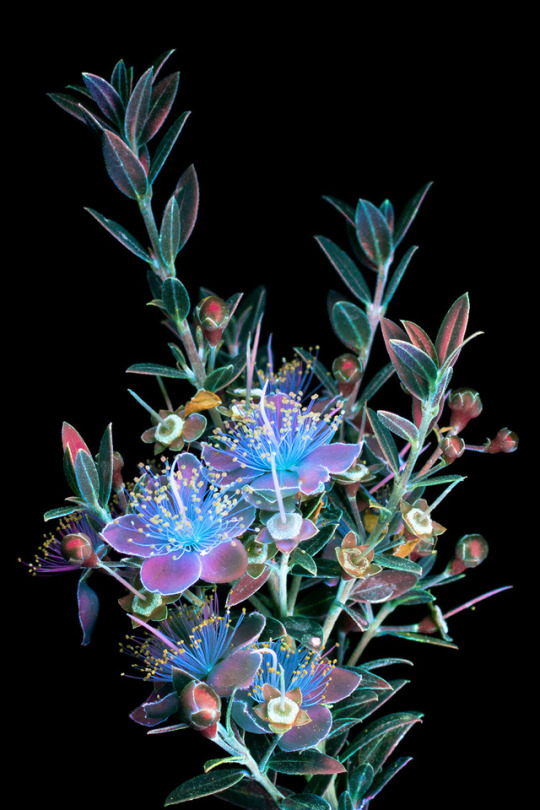
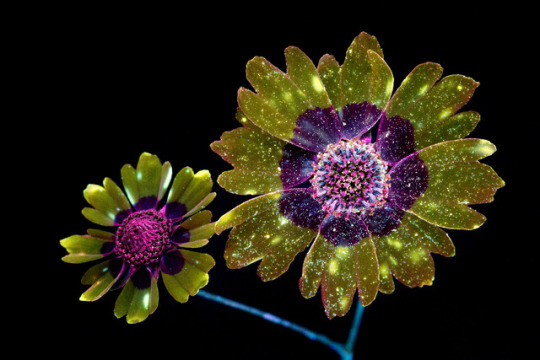
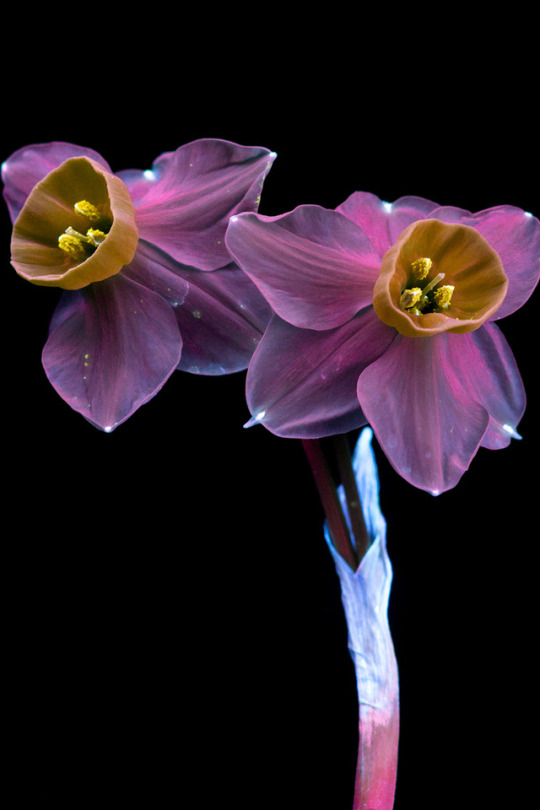



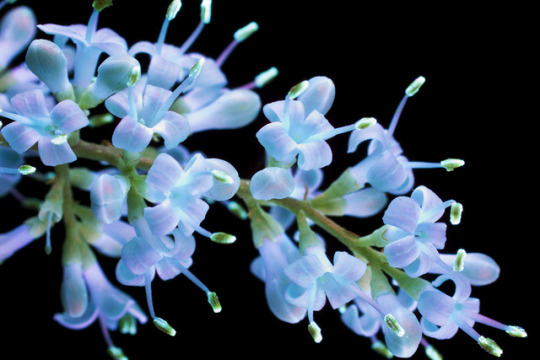
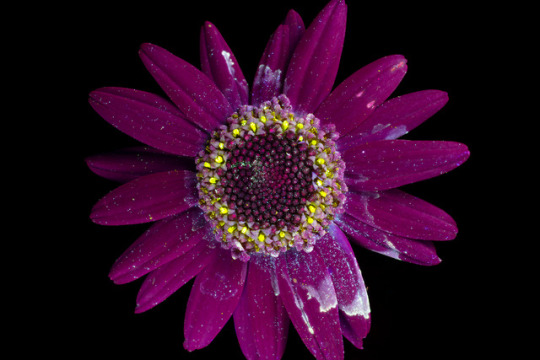
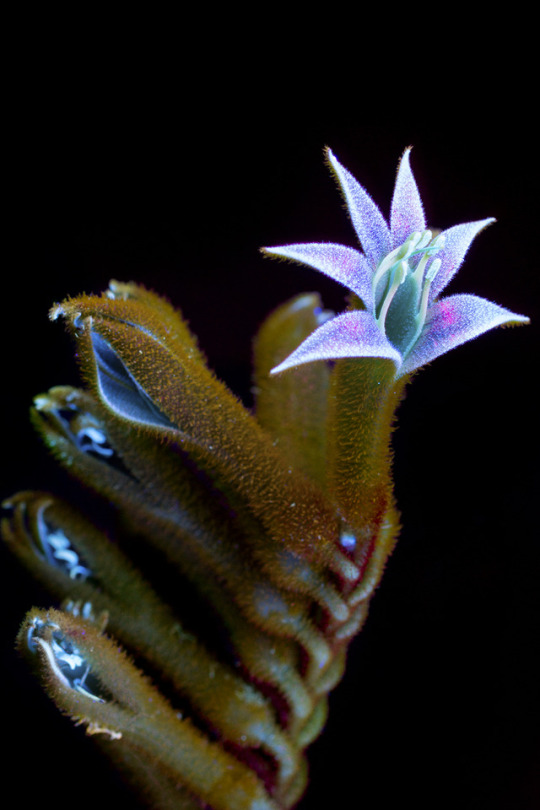
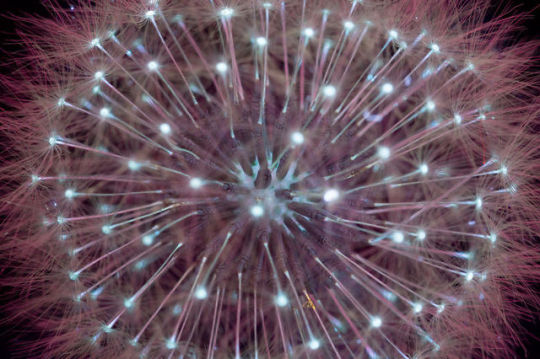
https://t.umblr.com/redirect?z=http%3A%2F%2Fwww.cpburrows.com%2F&t=ZGY1OWUwMTU3YjQ2NWEzODJlMjZiYTQ4OGMwNDI5NzMyMmRlYWZkNixIOGhPTVc1TQ%3D%3D&b=t%3ADIXhyKdabDz78lVxEJ7rHw&p=http%3A%2F%2Fwww.crossconnectmag.com%2Fpost%2F183647454763%2Fphotography-infrared-flourescence-uvivk-flowers-craig-bu&m=0
GemDigger
(4,305 posts)Ohiogal
(31,989 posts)Just beautiful.
dewsgirl
(14,961 posts)FM123
(10,053 posts)Squinch
(50,949 posts)Hekate
(90,667 posts)KnR
a kennedy
(29,655 posts)Karadeniz
(22,513 posts)special one to illuminate them?
Response to Karadeniz (Reply #8)
lunatica This message was self-deleted by its author.
KY_EnviroGuy
(14,490 posts)Home page: http://www.cpburrows.com/
FAQs Link: http://www.cpburrows.com/frequently-asked-questions/
(snip)
False-color infrared photography is done using a modified camera which has the built-in filter removed and replaced, allowing the sensor to record in its full range of sensitivity. Since cameras are only made to photograph red, green, and blue light, the infrared light has no specific color it should be in the camera. Instead, the infrared is unevenly mixed into those 3 colors, which creates a colored impression of infrared light, hence being called ‘false-color.’ By exploiting this characteristic of digital cameras, one can greatly influence the way infrared light should appear, whether blue, green, pink, or yellow, some of the most common colors for infrared in this type of photography.
What is UVIVF photography?
Ultraviolet-Induced Visible Fluorescence (UVIVF) is a process in which given wavelengths of ultraviolet radiation are absorbed by a material’s molecules, causing them to achieve an excited state. Through this, fluorescent materials reach an unstable excited state and lose small amounts of energy through other mechanisms until they can drop to a suitable ground state by releasing a photon of a specific energy and wavelength. Since energy was lost before the remainder was released as a photon, the wavelength of that photon is longer than the stimulating source, which means an ultraviolet light is able to produce dramatic visible fluorescence.
This phenomenon is commonplace enough that everyone has likely seen it in some fashion. The way a white T-shirt glows blue under a blacklight, the way a piece of printer paper gets bright in the sun, and even fluorescent light bulbs all result from the same process. The main difference is the subject and intensity of the ultraviolet light source.
Though a camera can see some ultraviolet, a normal camera has a built-in filter which blocks the great majority of infrared and ultraviolet light. By using a light source with a wavelength shorter than 400nm, one can eliminate most of the ultraviolet, allowing just the fluorescent light to create an image. This means that all the light in the photograph is originating from within the subject itself!
..............
Major Nikon
(36,827 posts)Before digital you could buy infrared film, but it was all monochromatic.
UV photography is a bit more challenging and the best lenses for it are made from quartz and are outrageously expensive.

KY_EnviroGuy
(14,490 posts)In that photo, how are the visible colors determined? I'm guessing you have software that converts various parts of the IR spectrum to some arrangement of visible colors, and that perhaps could be adjusted by you.
With the tree leaves showing as white, does that mean their emissivity is near 1.0?
While I was working in industry, we once tried to measure IR radiated from hot process buildings - thinking we could sell that as a service to determine where heat losses were high, perhaps indicating damaged rock wool insulation. Turned out to be a flop because all the buildings were clad with bare aluminum lagging which has virtually zero emissivity!
Thanks Major Nikon, nice photo.......![]()
(Nikon F owner here....showing my age)
Major Nikon
(36,827 posts)A true infrared image is monochromatic. A true infrared filter will pass none of the color spectrum so all you get is a B&W image. False color infrared filters will pass some color at the high end of the color spectrum nearest to infrared and in the case of the one I have you get red, orange, and yellow respectively in lesser amounts. If all you want is a monochromatic image similar to what you got with the old infrared film, you can just convert to B&W with photoshop or most any other image editing software. Photoshop allows you to adjust how much contrast each color receives during the conversion.
If you want a false color image, the processing has several steps, but the basic method most people use is to set the white balance point first. Neither the camera or even photoshop can do this, so I use software called DxO and set the white reference point to either clouds or green foliage which reflects most infrared. Then you swap the red and blue color channels in photoshop and make color contrast adjustments from there.
Here's a post I made years ago in the photography group:
https://www.democraticunderground.com/10362771
KY_EnviroGuy
(14,490 posts)I'm curious if you also take a shot of your IR scenes using an unmodified camera to help recall the visible colors.
Due to life's circumstances, I've never been able to transition to high-grade digital photography. My best young-man photography was with my Nikon F and Kodachrome slide film, and the company I first worked for (1970-ish) out of college had a pro processing lab I could sneak stuff into for free. My interest was in micro-photography in nature, in the woods.
Many years after that, my field service work required I use relatively inexpensive Canon point and shoot digitals. I did at least get to also use them to document my travels. Some of the older PowerShot models produced pretty good results, especially in some shots I did in the Wyoming high desert.
Thanks for sharing your work. It will help stir interest in this great hobby!
Major Nikon
(36,827 posts)I don’t usually duplicate the shot with a standard camera. For me false color IR is just that. I’m trying to create an image that diverges from what is optically visible. Part of the fun is discovering what you have captured much later during processing, something like the old film days.

lunatica
(53,410 posts)TalenaGor
(1,104 posts)LakeArenal
(28,817 posts)
